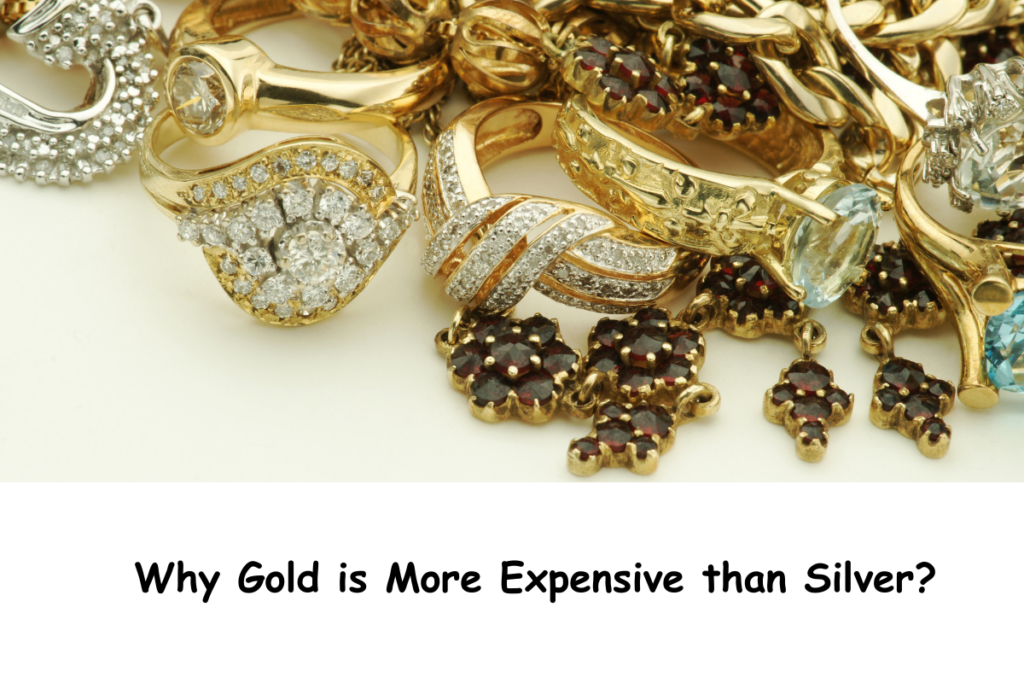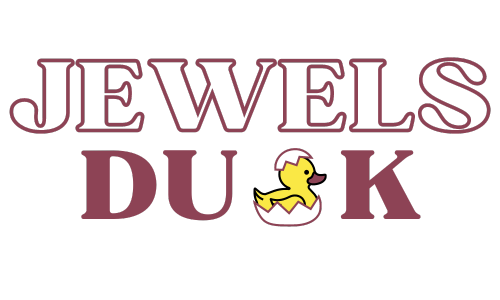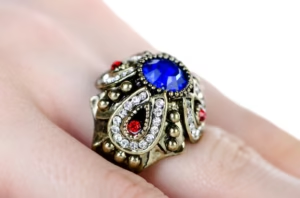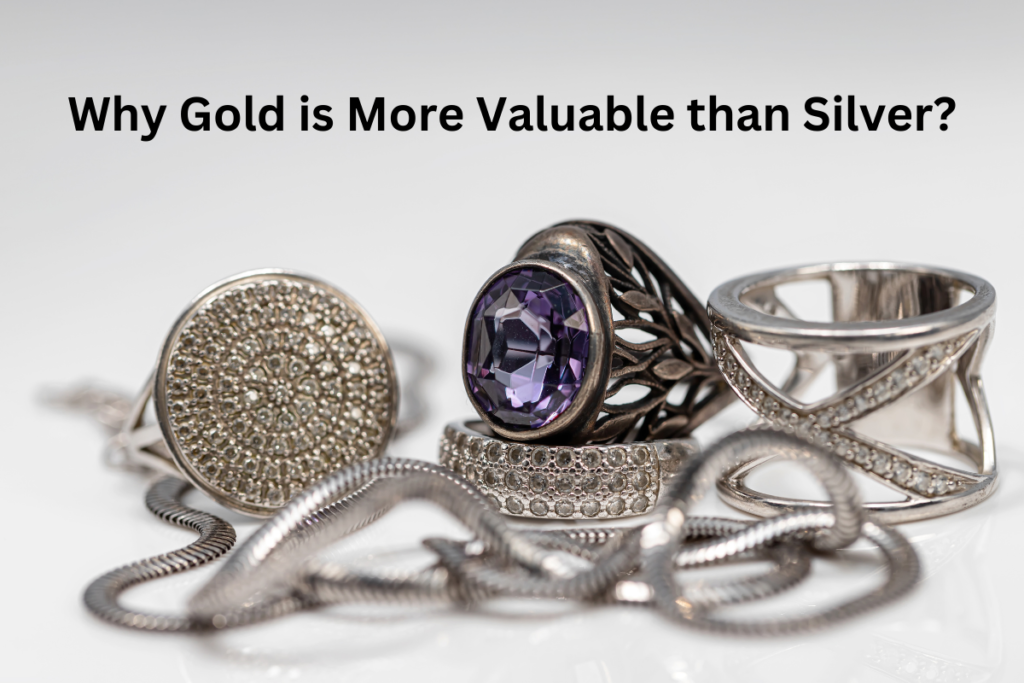Gold and silver have fascinated humanity for centuries, playing crucial roles in economies, cultures, and investments worldwide. Despite their similarities as precious metals, gold consistently commands a higher price than silver. This blog explores the reasons behind this price disparity, examining various factors affecting gold prices, market value differences, and historical trends.
Table of Contents
Why Gold is So Expensive than Silver?
Gold vs. Silver Price Comparison
When comparing the prices of gold and silver, it’s evident that gold is significantly more expensive. This difference stems from several factors, including scarcity, market demand, and economic value. As of June 2024, gold is priced at approximately $1,900 per ounce, whereas silver is around $25 per ounce. Understanding why gold costs more than silver requires a closer look at these influencing factors.
Why is Gold More Valuable than Silver? Factors Affecting the Gold Price:
- Scarcity vs. Abundance: One of the primary reasons gold is more expensive than silver is its relative scarcity. Gold is much rarer in the earth’s crust compared to silver. Mining gold requires extensive resources and technology, contributing to its higher cost. Conversely, silver is more abundant and easier to extract, leading to a lower price.
- Market Demand: The demand for gold is generally higher than that for silver. Gold is highly sought-after for its use in jewelry, electronics, and as a safe-haven investment. Central banks also hold large reserves of gold, further driving demand. Silver, while also used in jewelry and industry, does not enjoy the same level of institutional investment.
- Economic Value: Gold has long been perceived as a store of value and a hedge against inflation. During economic uncertainties, investors flock to gold, driving up its price. Silver, while also valuable, does not have the same level of trust and recognition as a hedge, resulting in a lower market price.
Why is the Gold Price Increasing?
Do you know why the gold rate is increasing? Gold has maintained a higher value than silver. This trend dates back to ancient civilizations, where gold was often seen as the ultimate symbol of wealth and power.
The historical price ratio between gold and silver has fluctuated but generally shows gold being significantly more valuable. For instance, during the Roman Empire, the ratio was around 12:1, meaning one ounce of gold was worth twelve ounces of silver. Today, this ratio is approximately 76:1, highlighting the enduring value of gold over centuries.

Investing in Gold vs. Silver
When considering investments, both gold and silver have their merits. Gold is often preferred by investors seeking stability and long-term value preservation. Its price tends to be less volatile compared to silver, making it a safer investment during economic downturns. Silver, on the other hand, can offer higher returns during bullish markets due to its lower price point and higher industrial demand. However, it also carries higher risks.
Gold and Silver Price Trends
If you don’t know why the gold price is rising, analyzing the gold and silver price trends provides insights into their market dynamics. Over the past decade, gold has experienced steady price increases, driven by geopolitical tensions, economic instability, and central bank policies. Silver prices, while also rising, have shown greater volatility. This volatility is partly due to silver’s dual role as both an investment and an industrial metal. The industrial demand for silver, especially in electronics and solar energy, can lead to significant price swings.
Also read: What Is The Most Expensive Metal For Jewelry? A Complete Guide
Market Demand for Gold and Silver
The market demand for gold and silver is influenced by various factors, including economic conditions, technological advancements, and consumer preferences. Gold’s demand is predominantly driven by jewelry, investments, and central bank reserves. Silver’s demand is more diversified, with significant contributions from industrial applications such as electronics, solar panels, and medical devices. This industrial demand makes silver more susceptible to economic cycles, affecting its price stability.
Gold’s Higher Value Explained
Gold’s higher value compared to silver can be attributed to its scarcity, higher market demand, and historical significance as a store of value. Its unique properties, such as resistance to corrosion and tarnish, further enhance its desirability. Moreover, gold’s role as a financial asset and a hedge against economic uncertainty cements its higher price.
Silver’s Lower Market Price
Silver’s lower market price is a result of its greater abundance, industrial usage, and higher price volatility. While silver is a valuable investment and an essential industrial metal, it lacks the same level of perceived value and stability as gold. This perception influences investor behavior and market pricing, maintaining the price gap between these two precious metals.
Conclusion
In conclusion, the price disparity between gold and silver is influenced by multiple factors, including scarcity, market demand, economic value, and historical trends. While both metals are valuable and play crucial roles in the global economy, gold’s unique characteristics and higher perceived value make it more expensive. Understanding these dynamics can help investors make informed decisions when considering gold and silver investments.
By examining the price comparison of precious metals, we can appreciate why gold commands a higher price and continues to be a preferred choice for wealth preservation and investment.
FAQs: Why is Gold More Expensive than Silver?
- Why is gold more expensive than silver?
Gold is more expensive than silver due to its relative scarcity, higher market demand, and its role as a stable investment. Gold is rarer in the Earth’s crust and more difficult to mine, which increases its cost. Additionally, gold is widely sought after for use in jewelry, electronics, and as a financial hedge, contributing to its higher price.
- How do market demand and economic value affect gold and silver prices?
Market demand significantly impacts the prices of gold and silver. Gold has a higher demand due to its use in jewelry, central bank reserves, and as an investment during economic uncertainties. Its economic value as a stable and trusted store of wealth also drives its higher price. Silver, while also in demand for industrial uses and jewelry, does not have the same level of institutional investment, leading to a lower price.
- What historical trends explain the price difference between gold and silver?
Historically, gold has always been more valuable than silver. Ancient civilizations valued gold as a symbol of wealth and power, leading to its higher price. The historical gold-to-silver price ratio has varied, but gold has consistently been more expensive due to its scarcity and perceived value as a stable financial asset.
- Is investing in gold safer than investing in silver?
Investing in gold is generally considered safer than investing in silver due to gold’s lower price volatility and its role as a hedge against economic instability. Gold’s price tends to be more stable over time, making it a preferred choice for long-term investors seeking to preserve wealth. Silver, while potentially offering higher returns during market upswings, carries higher risks due to its greater price fluctuations and industrial demand.
- Why is silver more volatile in price compared to gold?
Silver’s price is more volatile than gold’s because it has significant industrial uses that are sensitive to economic cycles. The demand for silver in electronics, solar panels, and other industrial applications can cause sharp price changes. Silver’s lower price point and smaller market make it more susceptible to price swings compared to the more stable and widely held gold market.
Connect with us on Instagram.






